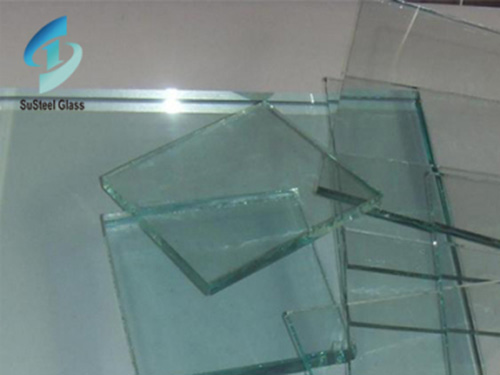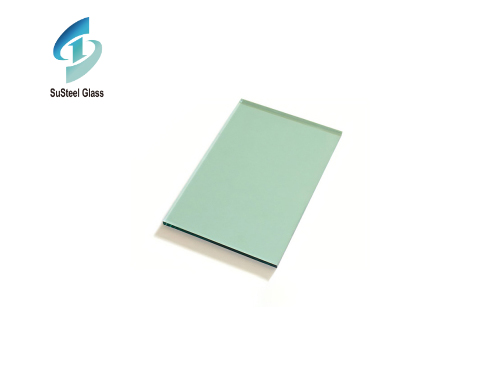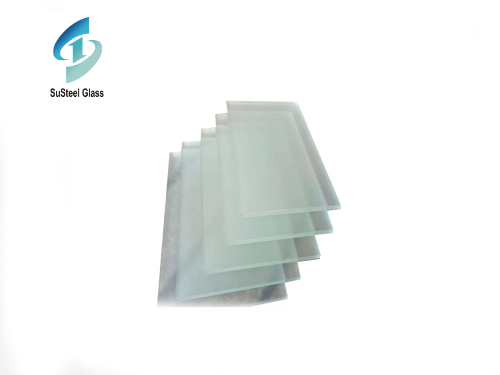In the ever-evolving world of construction and architecture, innovation takes center stage. From towering skyscrapers to sustainable eco-homes, the building industry is constantly seeking new and improved materials and technologies to enhance the functionality, aesthetics, and energy efficiency of structures. One such innovation that has made a remarkable impact is the use of
Vacuum Double Glass.
Vacuum Double Glass, often referred to as VDG, is a cutting-edge architectural glazing solution that offers a wide array of benefits for modern buildings. This technology leverages the power of vacuum insulation to create a highly efficient, energy-saving, and aesthetically pleasing addition to any structure.
The Inner Workings of Vacuum Double Glass
At its core,
Vacuum Double Glass is a type of insulated glazing unit (IGU) that consists of two glass panes separated by a vacuum space. The key to its impressive performance lies in the vacuum layer between the glass panes. This space is devoid of air or gas, effectively eliminating heat transfer through conduction and convection. In essence, this design acts as a thermal barrier, preventing heat from escaping in cold weather and preventing heat from entering in warm weather.
Energy Efficiency and Comfort
Vacuum Double Glass has earned a reputation for its exceptional energy efficiency. In colder climates, it minimizes heat loss, reducing the need for continuous heating and ultimately lowering energy bills. In warmer regions, it helps keep interiors cool by blocking the entry of external heat. This not only increases comfort but also lessens the load on air conditioning systems, leading to substantial energy savings.
The technology's ability to create a thermal barrier also significantly reduces condensation on the glass surface. Condensation can be a nuisance, leading to mold and mildew growth, and it can impair visibility. Vacuum Double Glass prevents this problem, ensuring clear views and a healthier indoor environment.
Sound Insulation
Besides its excellent thermal performance, Vacuum Double Glass also boasts remarkable sound insulation properties. The vacuum space efficiently blocks sound transmission, making it an ideal choice for urban environments or near noisy areas. This feature contributes to a quieter and more peaceful indoor living or working space, enhancing the quality of life for occupants.
Aesthetics and Design Flexibility
Vacuum Double Glass doesn't compromise on aesthetics. Its sleek and minimalist design integrates seamlessly with various architectural styles. Architects and designers appreciate the design flexibility it offers, allowing them to achieve the desired visual appeal without sacrificing energy efficiency.
Sustainability and Environmental Impact
The sustainability factor of Vacuum Double Glass is a key attraction for environmentally-conscious builders. The energy savings and reduced need for heating and cooling systems significantly lower a building's carbon footprint. Additionally, the materials used in Vacuum Double Glass are typically recyclable, further contributing to its eco-friendly appeal.
Longevity and Low Maintenance
Vacuum Double Glass is engineered for durability. With proper care and maintenance, it can offer years of service without deteriorating in performance. Its low-maintenance nature translates into cost savings for building owners and occupants, as they don't need to invest in frequent repairs or replacements.
In summary, Vacuum Double Glass is a remarkable technological advancement in the field of architectural glazing. Its ability to deliver outstanding energy efficiency, sound insulation, and aesthetic appeal make it an excellent choice for modern buildings. This innovative solution provides an opportunity for builders and designers to enhance the comfort, sustainability, and longevity of structures while contributing to a greener and more energy-efficient future. As the construction industry continues to evolve, Vacuum Double Glass stands as a testament to the innovative spirit that drives progress in architecture and design.


 Exploring the World of Green Tinted Glass Products: Versatility and Sustainability
Exploring the World of Green Tinted Glass Products: Versatility and Sustainability
 Exploring the Versatility and Elegance of Custom Thick Glass
Exploring the Versatility and Elegance of Custom Thick Glass